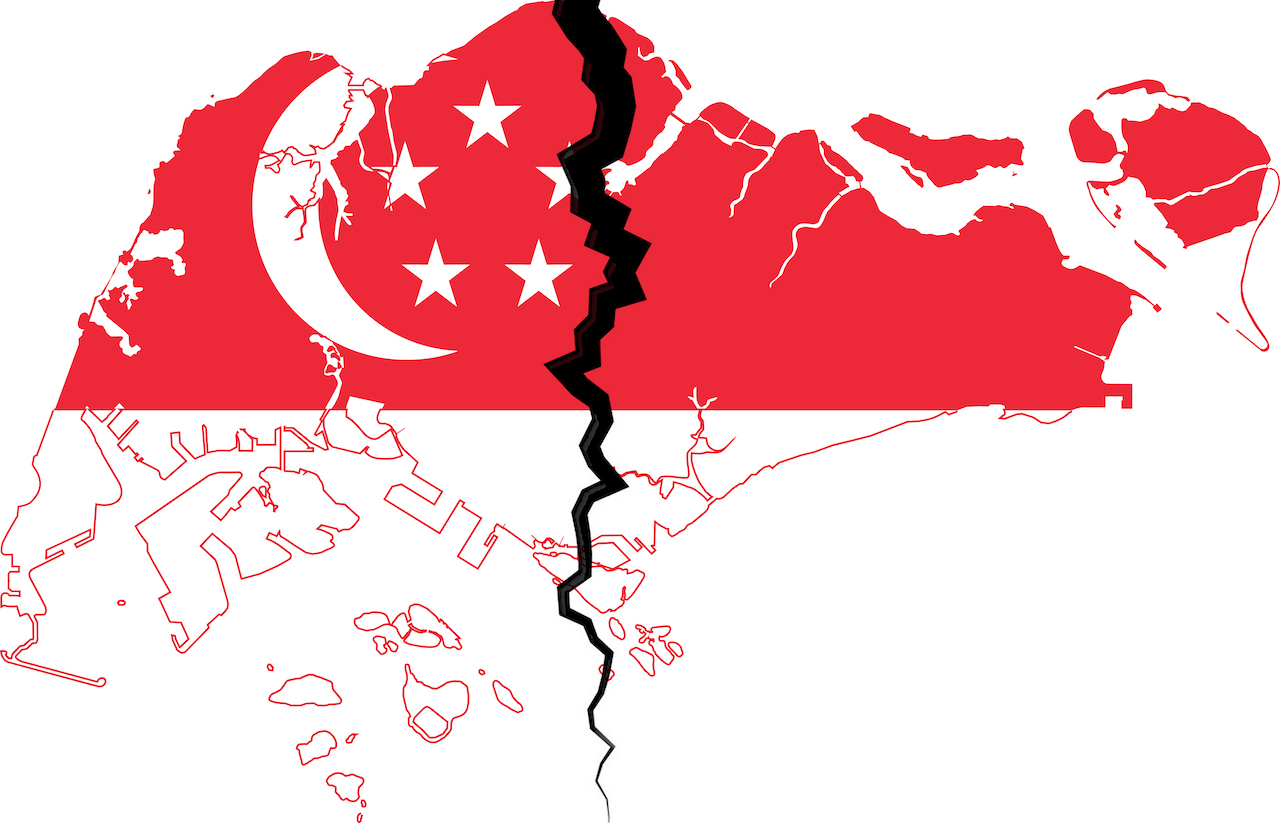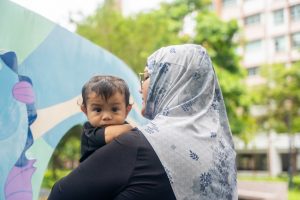Top image: Wikimedia
Imagine, if you will, that it’s 8pm on a Wednesday evening.
You’ve returned home after a long day at work dealing with pretentious suits or rude customers. Exhausted, you fling your near-lifeless body into the welcoming arms of your bed.
It’s not all bad. At least the weekend’s coming, you think to yourself as a loud sigh escapes your body. But suddenly remembering your university mates’ half-baked plans to catch up over lunch on Saturday, you text the group chat for suggestions on where to meet.
Amidst all their replies, one in particular stands out: “Just come to my area lah. East side, best side.”
BOOM.
The moment that message appears, your phone ceases to be a phone. It transforms into something more akin to a sex toy, vibrating constantly with angry retorts from your friends who live in the west.
But this isn’t unexpected since west and east-siders have never been able to agree on where the best place to live in Singapore is. The postal code superiority complex remains the perennial topic of debate between Singaporeans, although it’s strangely only the east-siders who seem to be so vocal about the extreme pride they take in their part of the island.
East-side pride is definitely a thing. But why?

Josephine Lee has been an “eastie” for twenty-two of her twenty-five years alive.
She currently resides in Clementi due to her parents’ desire for a change in environment, but the self-confessed forever-Pasir-Ris-girl-at-heart still harbours a strong affinity for her former estate.
According to her, a possible explanation for the immense east-side pride stems from the stronger sense of community in the east as compared to other regions in Singapore. Indeed, whenever I encounter the perennial east v west debate, one of the chief arguments made by “easties” is how “cold” west-siders always are.
Hearing my observations, Josephine smiles and elaborates: “I think it starts in childhood. Like me, many east-siders I know attend schools in the area because when you’re younger, a shorter journey to school is always more favourable. It’s safer for children and parents want to avoid paying for the school bus. My classmates were my neighbours and after class, we’d go play at the HDB playground nearby.”

She then shares that there was always a small but noticeable divide between her schoolmates who lived near their school in the east and those who didn’t. The bonds of friendship never seemed as strong and Josephine postulates that their absence from their after-school activities might’ve been a major reason why.
Because it’s apparently not an “eastie” habit to move out of the east, her classmates also went to secondary schools in the area. With the increased freedom that comes with age, after school hangouts became more common, and friendships were thus strengthened.
“I know that this probably isn’t unique to the east but when the real difference is, is when you enter university. Or maybe even towards the later stages of poly. Because the school structure was less rigid, we would often go for supper since it was so convenient! We could just walk there and didn’t have to rush to catch a bus home,” she says.
And it wasn’t convenient just because her close friends lived around her and could meet at a moment’s notice. It was also about the abundance of supper joints that the east has compared to the west. In terms of cuisine, they’ve always been spoilt for choice, and there was always somewhere nearby to lepak.
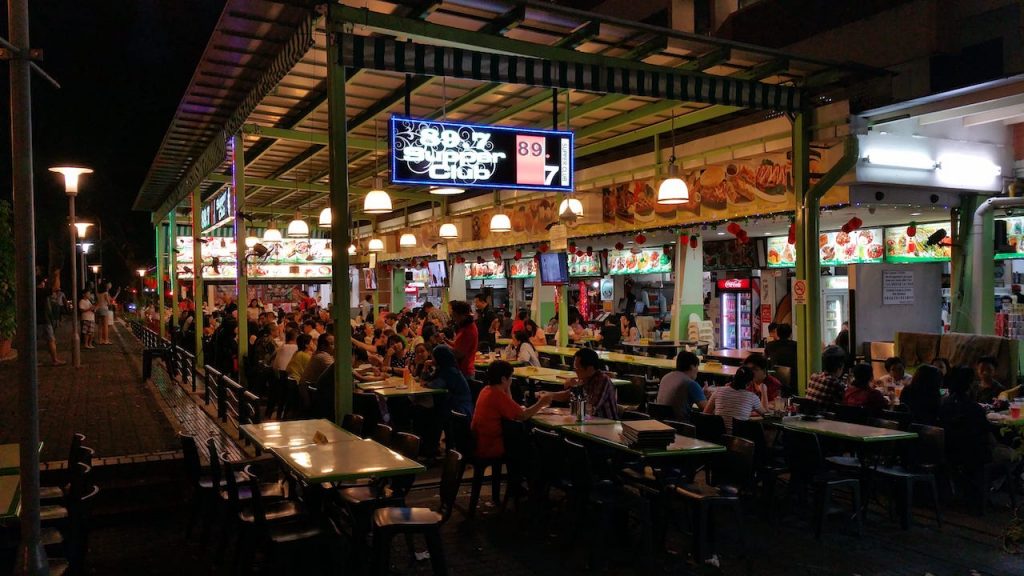
Elaborating on how food brings people together, Josephine says that meeting friends for supper was part of the culture, and these places were always packed. She also posits that they go a long way in fortifying an already strong sense of community in the east and in turn, further stokes the flames of east-side pride.
“I experienced a bit of a culture shock when I first moved to Clementi because I always thought that having food available after 10pm was the norm! I suppose that when you have limited accessibility to these kinds of places, and when it becomes an event to travel to them, people are naturally less likely to agree on meeting.”
Pausing for a moment, she continues, “I don’t think it’s something people actively think about, but it does make a difference.”
The “eastie” penchant for staying up late also factors into why Josephine feels that the streets in the east are safer than their western counterparts. Explaining that her previous job in the F&B industry meant long hours, Josephine would reach home past midnight, and wanting to keep fit, would head out to exercise.
“I used to go for night runs very often in Pasir Ris and I always felt safe. I would see others exercising too and there were always groups of people around whether at Downtown East, White Sands or void decks. You get this feeling that everyone looks out for one another.
In the west though, the streets are definitely quieter after hours. You feel more alone so it can get pretty scary. Call me crazy but I feel the air in the east is definitely fresher as well, maybe because there are more industrial estates there. It’s just more peaceful in the east!”
To see if Josephine’s relationship with the east is typical of an east-sider, I turn to Salihin bin Mohammed Zulkifli, Ajinkya Jadhav, and Joel Han, all 26. All three of them have spent almost their entire lives in the area. Given the choice, they would even die there.
Sitting down with the trio in Joel’s living room, I soon learn that similar to Josephine, they attribute their devotion to the east as something that was picked up in childhood.
“I think that most of the east-side pride you see in people today is a result of years of subconsciously identifying with the area,” Salihin says.
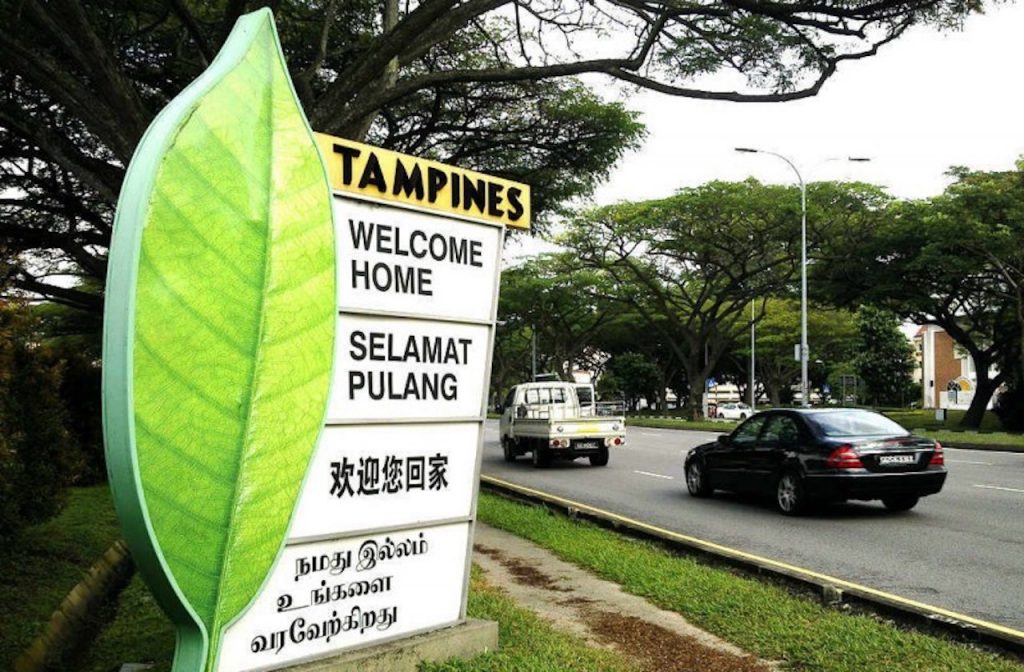
Interestingly, all three share that the concept of east-side pride only came into their consciousness when they ventured out of the east, whether for national service and later when entering university.
“During NS, my camp was in the north of Singapore and everyone in the bunk lived all over the country. When it came time to book out, people would always ask each other where they stayed because the bus stops for both areas were on opposite sides of the road. This east-west divide was the most apparent then but it’s just a way to segregate people if I’m completely honest,” Ajinkya surmises.
Likewise, since the majority of universities are situated in the west, it appears the label of “eastie” was naturally placed on anyone who called the east home. This, coupled with an already established passion for the estate they grew up in, meant the label was not only accepted but embraced.
Through the shared experiences of waking up extra early to catch the ass-numbing bus ride to camps or schools in the west, a sort of informal brotherhood forms. The similarity of their postal codes become a common talking point on the long journey home before the conversation branches off into other areas.
Ajinkya tells me that more often than not, this involves talking about food.

“Say you have two east-siders who have never met before and the only thing they know of each other is that they’re both “easties”. If you put them in a room and ask them to come up with a place to eat, you’re only going to get three main answers. Bedok 85 market, Simpang Bedok and Changi Village. That’s it. That’s how the community grows and the cycle repeats,” he shares, echoing Josephine’s opinion.
Probing further, Joel tells me that the sense of community might also be due to the planning area boundaries in the area. To him, the neighbourhoods in the east all seem relatively close by, unlike the multiple, huge neighbourhoods in the west. Despite living with his aunt in Jurong for four years when he attended NTU, Joel shares that the estate’s sheer size meant that it was tough feeling a connection with all of his neighbours.
“I mean, it’s not that the west is uninhabitable. They now have so many new malls and they’re lit. You can probably find everything you need but everything just feels a bit … soulless.”
Seizing the pause in the conversation, Salihin weighs in.
“Look at Jurong for example. The first exit on the PIE for Jurong is Toh Guan road. That’s Jurong East central. Six, SIX exits later, you have Pioneer in Jurong West. But guess what, you’re still in fucking Jurong!” he says, laughing in faux exasperation.

With the estates in the east being thought of as closer (literally and metaphorically), it then becomes a case of east-side pride rather than Tampines pride or Bedok pride.
At the end of the day though, Salihin shares that the entire east v west debate is just another case of Singaporeans arguing over nothing.
“Look, I take pride in living here. I have great memories growing up in the east so I want others to come experience it for themselves and enjoy life here too. This doesn’t mean that I’m going to shit on the west. I’m just proud of the east.”
The final voices which lend to the topic of east-side pride belong to thirty-two-year-old Cheryl Chua and Fiona Tan, best friends who live in Katong and Siglap respectively.
Over afternoon tea in one of Katong’s many cafes, the former classmates from Tanjong Katong Girls’ School share why they love the area they’ve spent so much of their lives.
The ‘vibe’ of the east is the first thing they both mention.
“Take the café we’re in now for example. It feels as though we’re in town but when you step outside, there’s none of that hustle and bustle typical of Orchard road. Besides Dior and Chanel boutiques, everything else is pretty much the same and it’s not suffocating. Instead, everything’s chill. It’s peaceful.”
Cheryl attributes this cosiness to the absence of high-rise buildings in the area and the lack of towering billboards, plastered with the latest fashion trends or beauty products. According to her, this means the estate has a refined, understated charm that’s a direct result of successfully marrying up-market, “westernised” amenities with the rich Asian history and culture of the area.
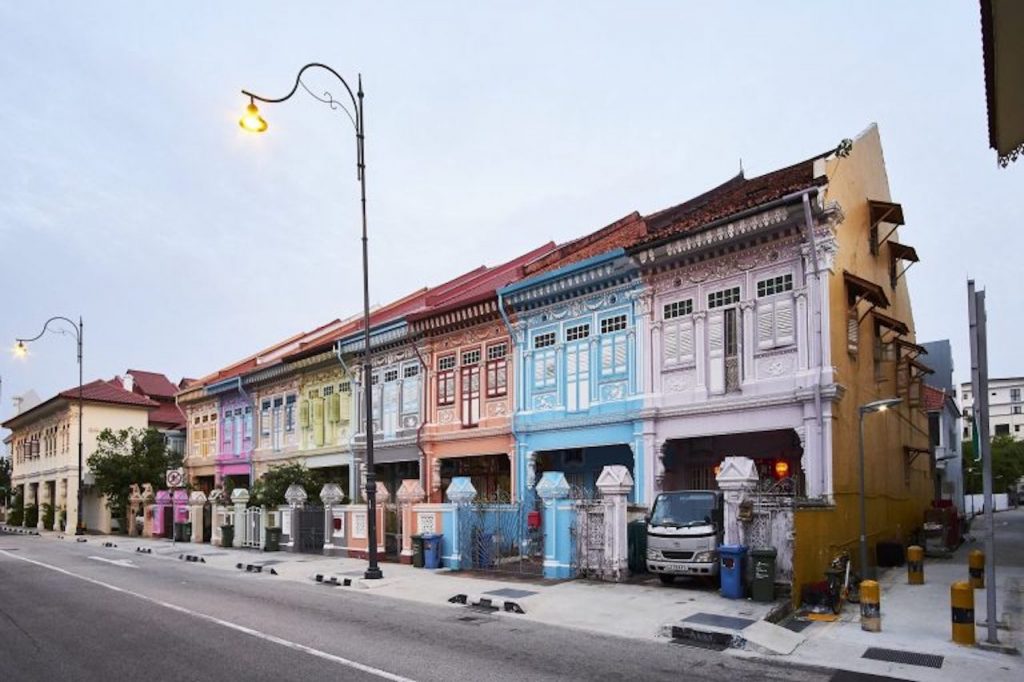
“Katong is steeped in Peranakan history and Nyonyas are extremely proud of their heritage. I guess over time, that sense of pride trickled down to the other residents in Katong. Elsewhere in the east, the Malay community is also very close-knit and welcoming. As a result, east-side pride forms because we all love our side of the island.”
Agreeing, Fiona adds that in her experience living in Siglap, everyone knows everyone on her street and she even goes as far as describing her neighbours as “extended family”. She cannot imagine living anywhere else in Singapore and for her, Siglap is, and will always be, home.
“It’s honestly lovely living here since everyone is so laid-back and friendly. You see neighbours walking their dogs together and no one rushes anywhere. Life is definitely less fast-paced in the east compared to the rest of Singapore and now that I think about it, I think a huge reason why is because of the beach.”
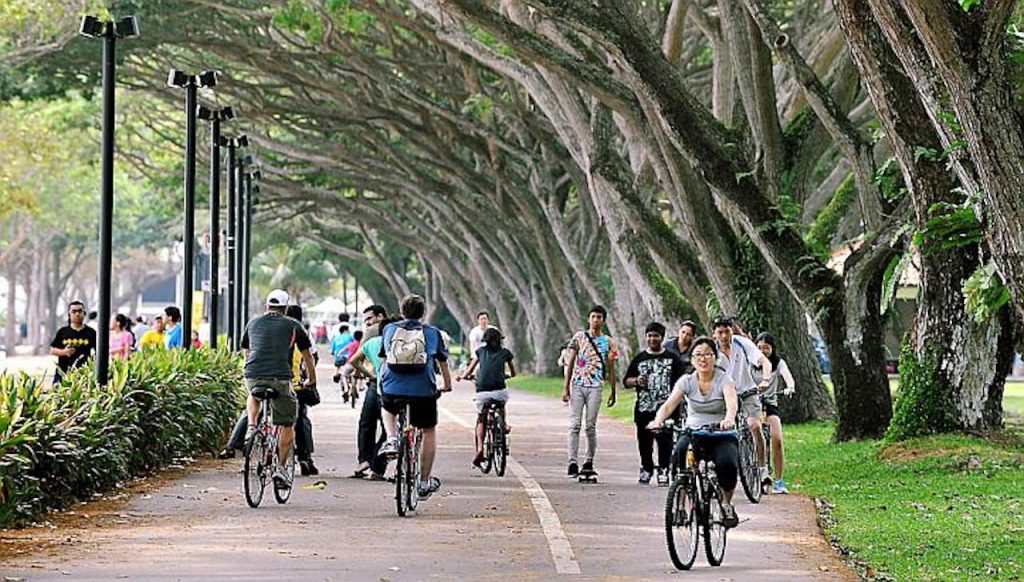
Explaining that Sentosa might be seen as too touristy and overcrowded with plenty of young millennials at beach clubs, Fiona says that plenty of families then choose East Coast Park for a day of camping and relaxation.
Add to that the number of beach-front chalets found in the area and naturally, an association of the east being a destination to unwind starts to form.
Yet for all the obvious east-side pride that Cheryl and Fiona possess, there are still those who remain critical of their “eastie” credentials. Other more “legit” east-siders have pointed out that their estates technically aren’t part of the east, though the pair aren’t bothered.
“I don’t really care to be honest. To me, the concept of east is about a feeling more than it is a geographical location. I identify wholeheartedly with east-side pride and I’m not going to let an invisible line dictate whether I’m part of the community or not. It’s not a east v west war. I just love the feeling I get when I’m in the east. Some people take it too seriously,” Cheryl says.
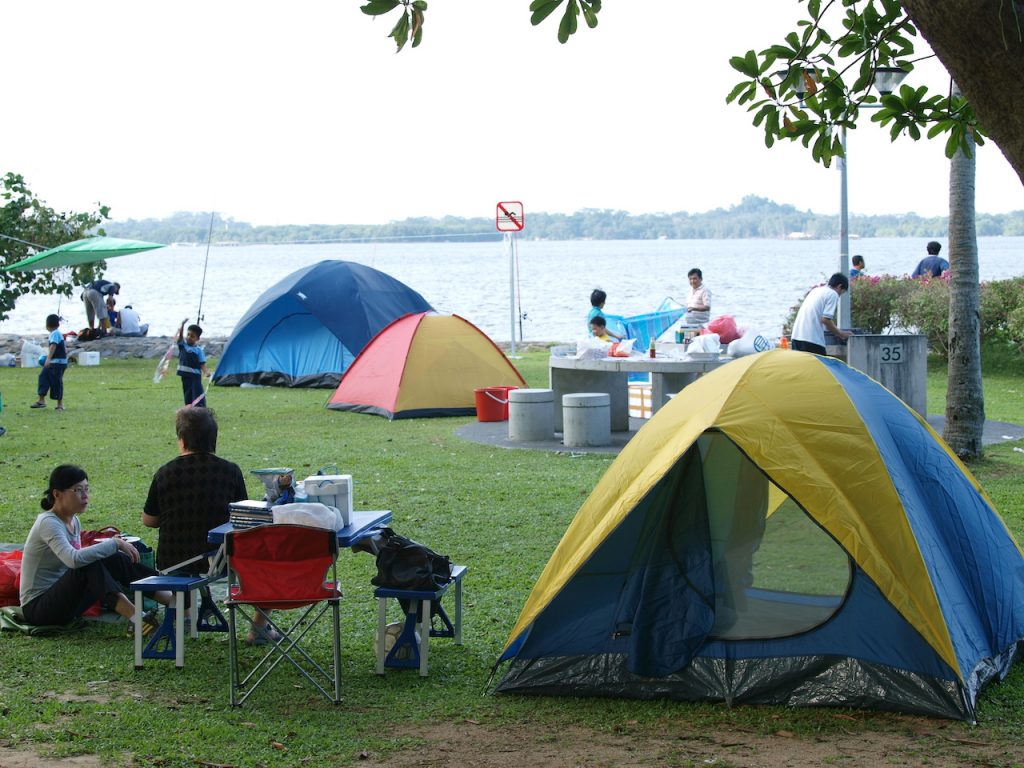
And she’s right. It really is that simple.
In the course of my research for this article, many other east-siders I spoke to informally shared that they do have an unexplained love for the place they grew up in. But it doesn’t go beyond that.
Yes, “easties” perhaps have logical explanations on why they think and feel that the east has a stronger community. And they might be right. But how much of that is actually confirmation bias stemming from good childhood memories and the feeling of nostalgia attached to them?
The truth is, the east v west debate is a perfect example of Henri Tajfel’s social identity theory in action. It’s perfectly normal to want to be a part of something bigger than ourselves, and feel a sense of belonging in this crazy world. It increases our self-esteem, but at the same time, draws an invisible and unnecessary line of division. Rational human behaviour expressed irrationally.
Or maybe what’s seen as postal code superiority is just a misguided interpretation of an invitation to a different experience, as explained by Salihin.
So while there’s nothing wrong with taking pride in your estate, definitively saying that one end of the island is better than the other? Nah mate. I don’t think it works that way.
To paraphrase a Redditor on r/singapore, the best side in the country is … an order of cheese fries.
End of story.
Think you live in the best part of Singapore? Tell us why at community@ricemedia.co.
